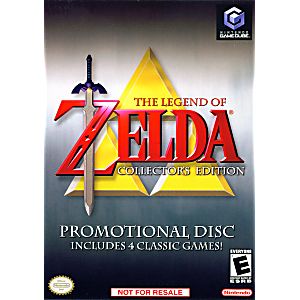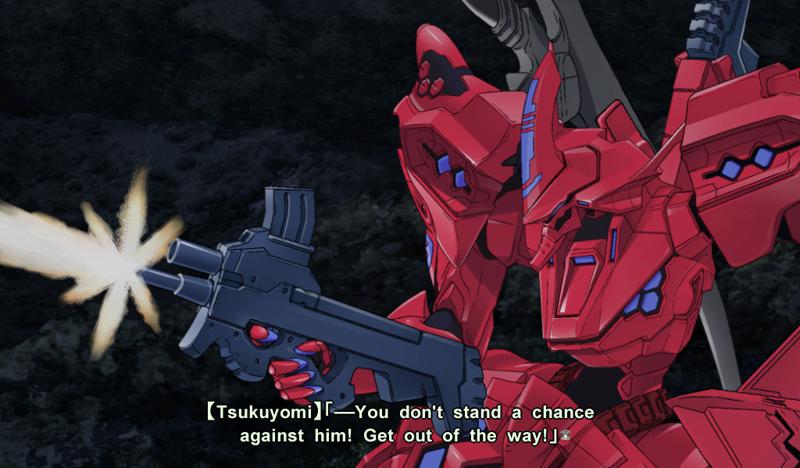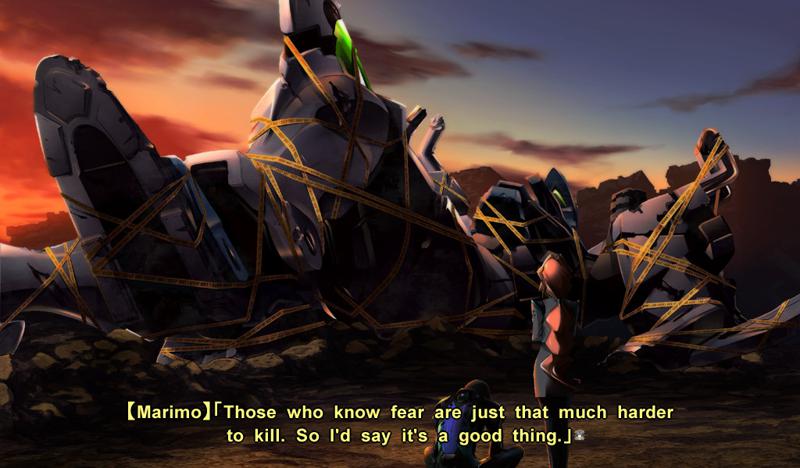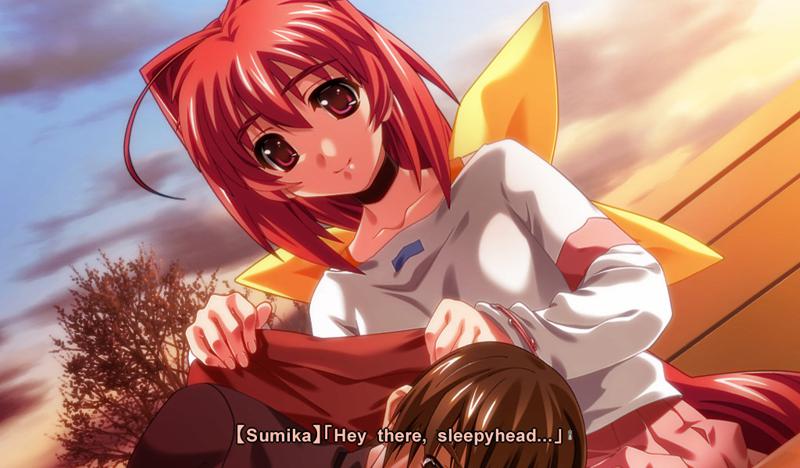* denotes a replay
January (12 Games Beaten)
February (2 Games Beaten)
March (4 Games Beaten)
April (3 Games Beaten)
May (8 Games Beaten)
June (5 Games Beaten)
July (12 Games Beaten)
August (5 Games Beaten)
September (5 Games Beaten)
October (3 Games Beaten)
59. Mario Kart Tour - Android - October 3
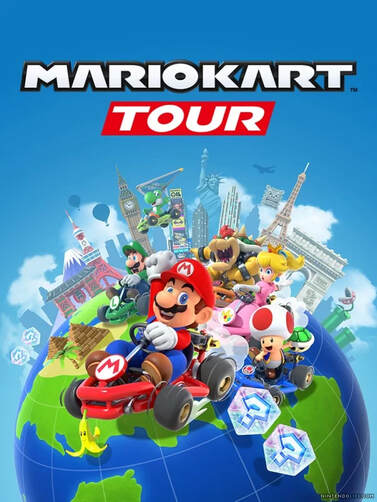
When I heard that Nintendo was releasing a Mario Kart game for cell phones, I was skeptical. Just a touch screen? No buttons? How will that work? When I downloaded this Mario Kart game for cell phones, I was skeptical. When I was starting the first race in this Mario Kart game for cell phones, I was skeptical. When I finished that first race in this Mario Kart game for cell phones, I had been converted into a born-again believer in the Word of Mario Kart Tour.
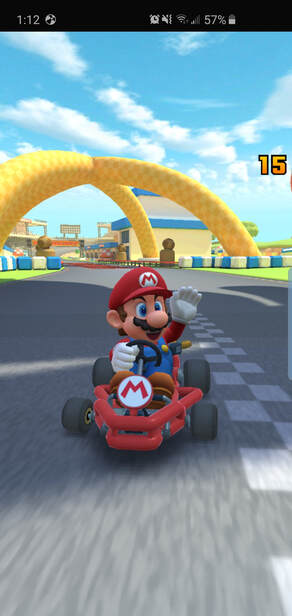
First thing's first - the game's not perfect. The controls feel kinda awkward. The motion control works pretty well, and it does give you two basic control schemes - "basic" controls that lets you turn your kart normally and "drift" controls that offer more precision but are a bit tougher to get the hang of by making every turn into a drift - but neither scheme ever felt particularly "good" in my opinion. That said, however, it does work very well; it's just not ideal. Honestly, though, with just a touch screen and no actual buttons or control sticks, it works way better than I expected. There's no accelerating to worry about; that's done automatically. The game pretty much keeps you on the track and out of the grass or sand or whatnot for the most part. What you need to do is focus on collecting and using items, getting on jumps for the boost, and maneuvering your way around the tracks.

Visually, the game isn't as nice looking as some modern smartphone games I've seen, but keeping in mind that Nintendo has always focused largely on accessibility and likely wanted to keep the required specs fairly low so more folks could play, it looks pretty good. The sound design is fantastic and feels right at home with the Mario Kart series. Being a freemium game, it's naturally filled with microtransactions as well as a "Gold Pass" subscription that unlocks extra rewards, but I was able to play through every tour and have a FANTASTIC time with the game without spending a penny on it. As far as I can tell, almost everything can be unlocked for free in-game (although that would take a looooong time), and while not purely cosmetic, I wouldn't call the things that can be unlocked more easily via microtransactions pay-to-win, per se. Yeah, the ruby unlocks are pretty much just loot boxes, but it doesn't feel quite as scummy as Battlefront II's loot boxes. Maybe that's the Nintendo fanboy in me talking, but that's the impression I got from the game's unlock system.
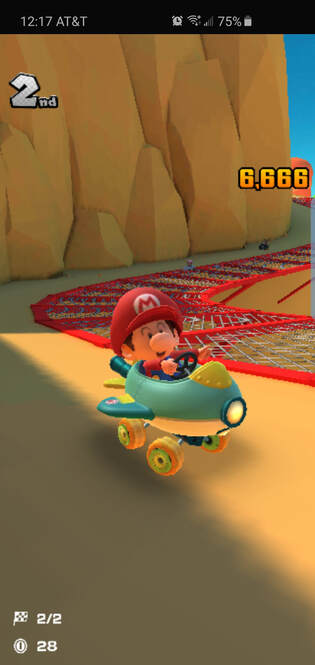
Your opponents in the tours are AI controlled versions of other players' accounts, and while PvP is supposedly on the way, that won't be available until the future update. Still, though, with tracks being relatively short and only lasting two laps, this is a great game to play while pooping (or pretending to poop) at work, and it's undeniably enjoyable. The amount of characters and karts that can be unlocked is pretty expansive, too, but I'll always be loyal to my ol' faithful, Koopa Troopa. I'm not the biggest fan of mobile games, and given the portability of the Switch, Mario Kart 8 Deluxe is still obviously a VASTLY superior portable Mario Kart experience, but if you either don't have the time for full fledged Mario Kart or don't have your Switch with you (because if you just plain don't have a Switch, shame on you), this is a good, solid stand-in. Especially with the low price tag of $0.00, I can't think of anyone to whom I wouldn't recommend this game.
